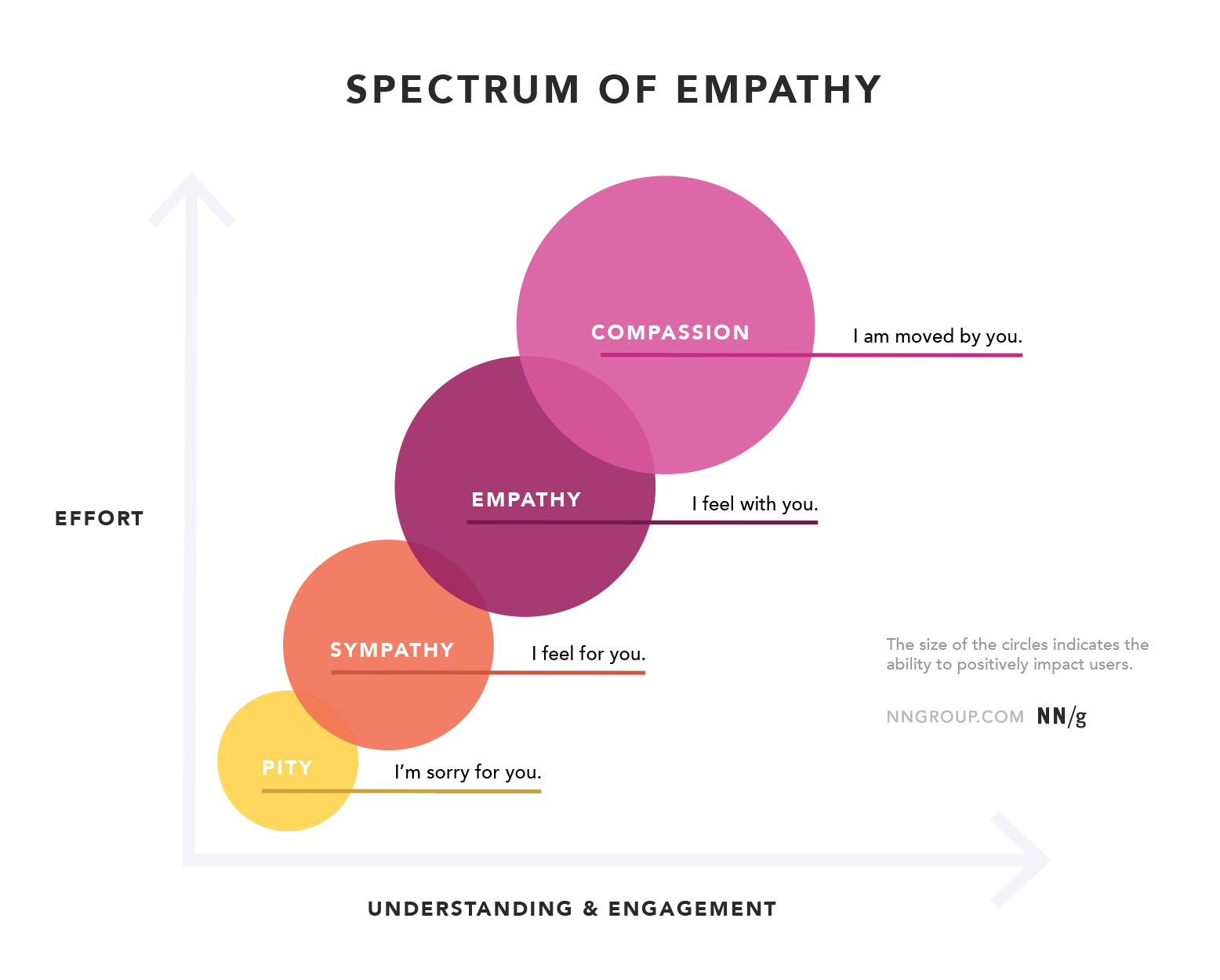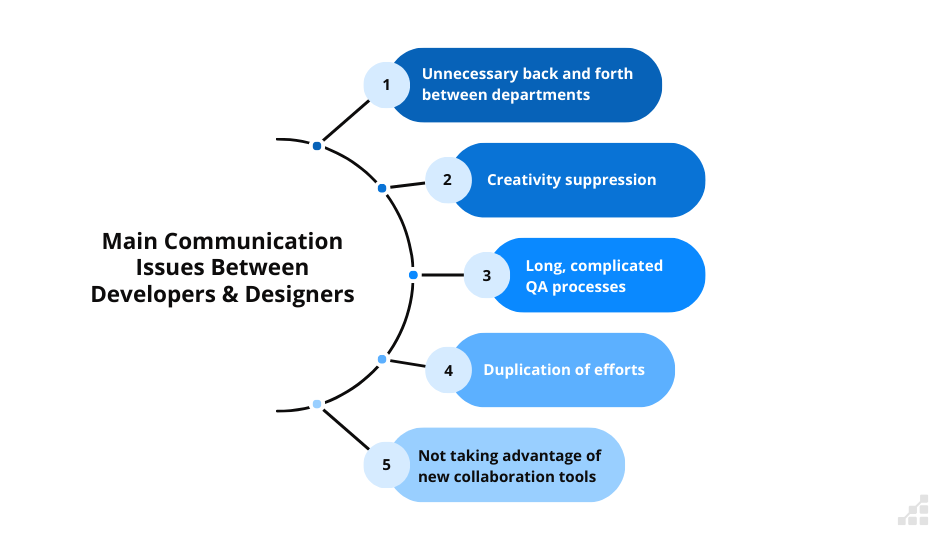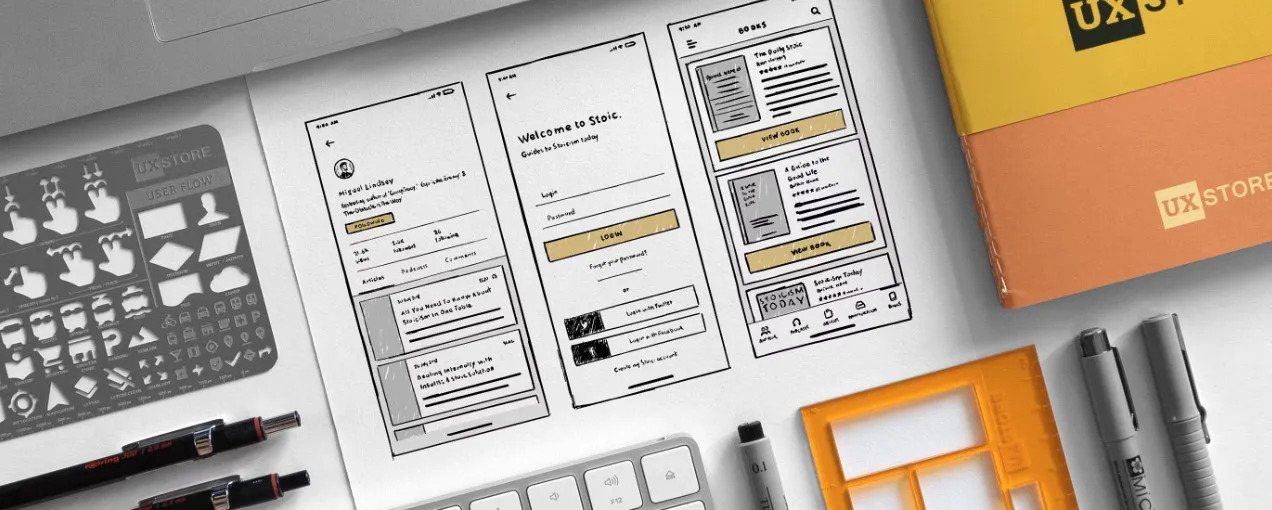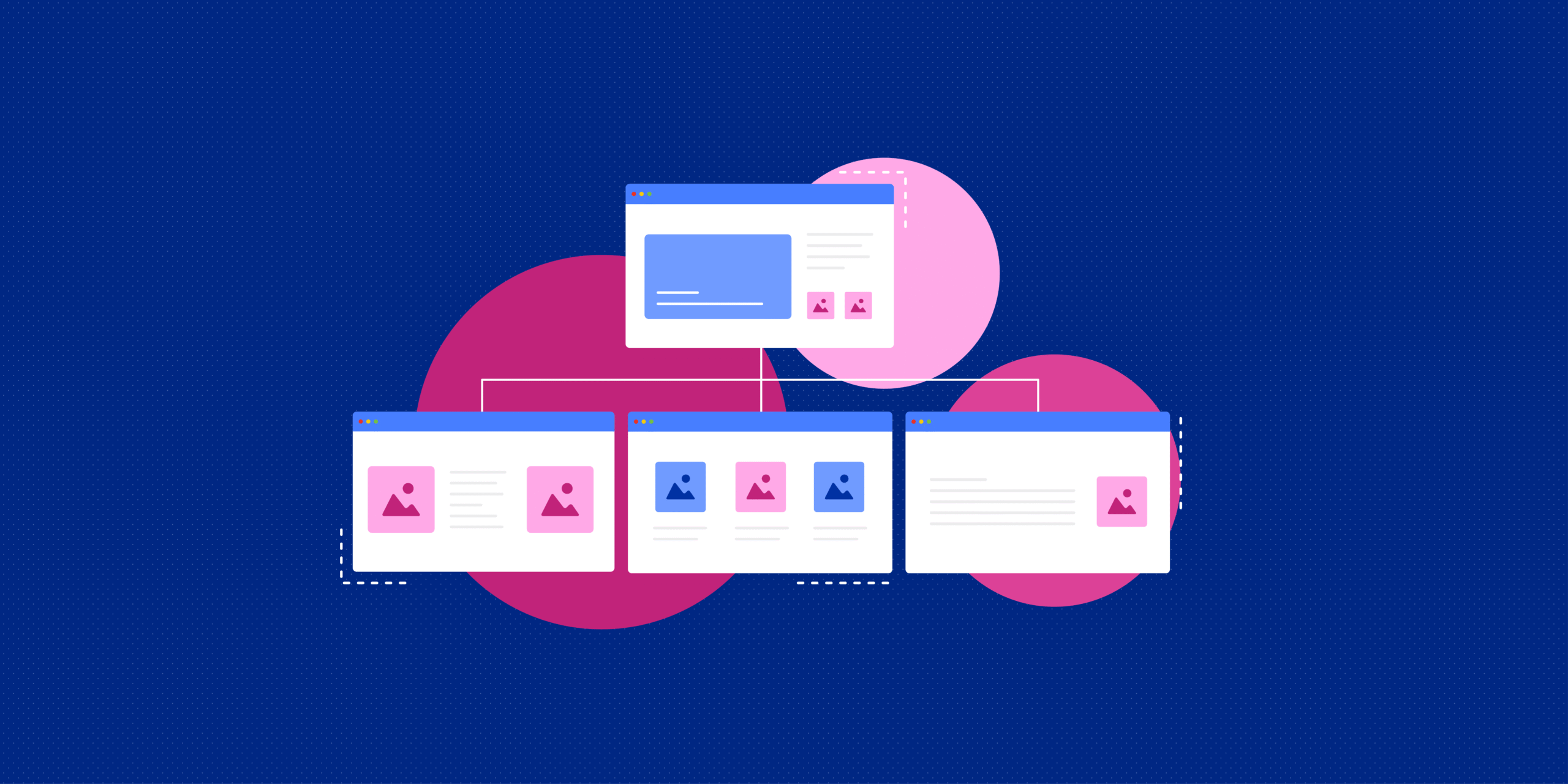As digital products dominate daily life, the need for skilled UX designers keeps rising. Newcomers or even professionals still question which UX designer skills truly matter. Success in UX isn’t just about mastering design tools; it’s about building the mindset to create user-centered solutions.
According to Nielsen Norman Group, UX is about the whole experience of using a product or service, not just the interface, indicating the importance of UX skills. Here, we break down the essential skills every aspiring UX designer should learn.
Key Takeaways:
- Developing these skills enables designers to craft solutions that are both user-focused and effective.
- Ongoing practice and learning keep professionals sharp in a rapidly changing UX landscape.
- A balance of soft skills like empathy and hard skills like prototyping ensures designs are both meaningful and functional.
- Choosing the right tools, including typography and layout, enhances usability and strengthens brand impact.
5 Soft Skills for a UX Designer
Learning UX designer skills also means developing essential soft skills. With the right soft skills, you can handle problems more effectively and work more efficiently.
1. Empathy
 Diagram showing the spectrum of empathy | Source: NN Group
Diagram showing the spectrum of empathy | Source: NN Group
Among all UX designer soft skills, empathy stands as a core strength. It allows designers to understand users’ frustrations, motivations, and goals. This emotional awareness elevates usability. By truly walking in users’ shoes, designers can surface deeper needs that drive meaningful design decisions.
Also Read: 10 Best UI UX Design Portfolio Examples for Aspiring Experts
2. Adaptability
In UX design, factors like user preferences, market trends, and competitor moves can shift unpredictably. That’s why UX designers must adapt quickly instead of resisting change. An adaptable mindset leads to more resilient designs and helps teams turn challenges into opportunities for innovation.
3. Communication
Clear communication is vital in UX design. Effective storytelling helps stakeholders see the value behind design decisions and builds trust in the process. Explaining the rationale behind choices aligns teams on vision and strategy. Strong communicators foster empathy and clarity across cross-functional teams.
4. Collaboration
 Common issues when there’s a lack of collaboration between teams | source: scalablepath.com
Common issues when there’s a lack of collaboration between teams | source: scalablepath.com
UX designers rarely work alone, making collaboration essential. When teams don’t collaborate, the result is wasted time, unnecessary back-and-forth, longer QA cycles, and stifled creativity.
By working closely with developers, product managers, and UI designers, UX professionals can streamline workflows and build cohesive solutions. Embracing shared ownership not only improves efficiency but also leads to user experiences that are stronger than any single contribution.
5. Critical Thinking
Evaluating user problems critically ensures designs serve a real purpose. Beyond intuition, logical analysis helps prioritize impactful features and anticipate challenges. Skilled critical thinkers validate assumptions early, preventing issues before they affect the user experience.
Also Read: From Zero to UX: How to Become a UX Designer Step by Step
5 Hard Skills For a UX Designer
Hard or technical skills are what make you qualified as a UX designer. That’s why it’s important to equip yourself with these essential UX designer skills.
1. Wireframing & Prototyping
 wireframes sample | Source: Designlab
wireframes sample | Source: Designlab
Creating wireframes and prototypes is one of the key hard skills for UX designer roles. These skills help reduce risks, save time, and keep designs aligned with user needs from the start.
Popular tools like Figma and Sketch make it easy to create interactive models, allowing teams to collaborate, iterate, and refine ideas effectively.
2. User Research
Good design begins with insights drawn directly from users rather than assumptions. Interviews, usability tests, and surveys uncover valuable data on behavior, guiding evidence-based decisions. Solid research ensures that design choices genuinely meet user needs.
Also Read: 7 Must-Know Best Practices for UI Design That Users Will Love
3. Interaction Design
Designing how users interact with products, such as buttons, micro-interactions, and transition flows, is crucial. Thoughtful interactions feel intuitive. They elevate usability and delight. Interaction design humanizes digital experiences, blending function and emotion.
4. Information Architecture
 The structure of information on the website | Source: UX Design Institute
The structure of information on the website | Source: UX Design Institute
Designing information architecture means structuring content clearly so users can move through products without confusion. It enhances findability and reduces friction in digital products. As one of the essential skills for ux designers, IA ensures that interfaces feel intuitive.
5. Analytics & Testing
Design is incomplete without validation. A/B testing and heatmaps help refine solutions for maximum impact. Tools such as Google Analytics or Hotjar provide real-world data on user behavior. Continuous testing drives measurable improvements and confirms that design decisions deliver impact.
Also Read: Top 15 Best Freelance Jobs You Can Start Today
Mastering UX Designer Skills for Career Growth
Developing strong UX skills goes beyond tools; it’s about empathy, adaptability, and continuous learning. Empathy ensures products feel human-centered, while technical skills bring ideas to life. For anyone wondering how to improve UX design skills, the path is clear: keep practicing and embrace learning as a lifelong habit.
Still, skills alone aren’t enough; the right resources can elevate your work further. Typography, for example, shapes clarity, hierarchy, and brand identity in every interface. You can start by exploring UX-Friendly Font Collections to make your designs cleaner and more readable.
For even more options, visit Creatype Studio, where typefaces are crafted to combine clarity with style.




